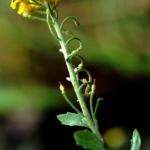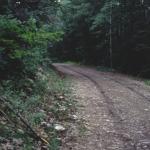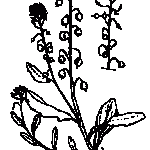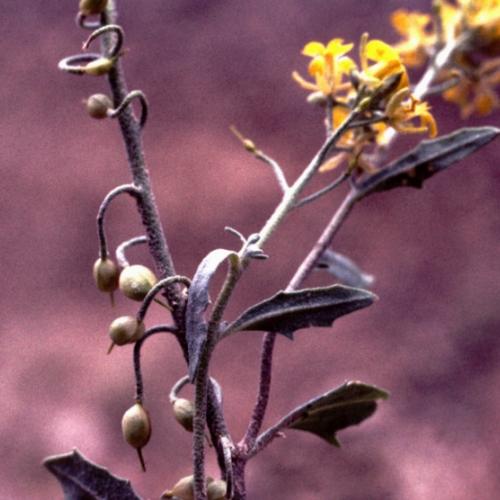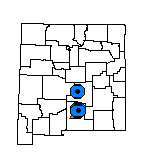Physaria aurea (Golden Bladderpod)
| USFWS | State of NM | USFS | BLM | Navajo Nation | State Rank | Global Rank | R-E-D Code | NMRPTC Status | Strategy Status |
|---|---|---|---|---|---|---|---|---|---|
| S2 | G2 | 1-1-3 | R | SS |
| Overall Conservation Status | Documented Threats | Actions Needed |
|---|---|---|
| MODERATELY CONSERVED | No Information |
Status survey to document rarity |
Along with Physaria lata, it is one of two endemic bladderpods in the Sacramento Mountains. Tidestrom and Kittell (1941) considered P. aurea a synonym of P. gordonii, but according to Rollins and Shaw (1973) it is not closely related to any other species.
*New Mexico Native Plants Protection Advisory Committee. 1984. A handbook of rare and endemic plants of New Mexico. University of New Mexico Press, Albuquerque.
Rollins, R.C. 1993. The Cruciferae of continental North America. Stanford University Press, Stanford, California.
Rollins, R.C. and E.A. Shaw. 1973. The genus Lesquerella (Cruciferae) in North America. Harvard University Press, Cambridge, Massachusetts.
Tidestrom, I. and Sr. T. Kittell. 1941. A flora of Arizona and New Mexico. The Catholic University of America Press, Washington, D.C.
Wooton, E.O. 1898. New plants from New Mexico. Bulletin of the Torrey Botanical Club 25:260.
Al-Shehbaz, I.A. and S.L. O'Kane, Jr. 2002. Lesquerella is united with Physaria (Brassicaceae). Novon: A Journal for Botanical Nomenclature from the Missouri Botanical Garden 12:319-329.
For distribution maps and more information, visit Natural Heritage New Mexico


